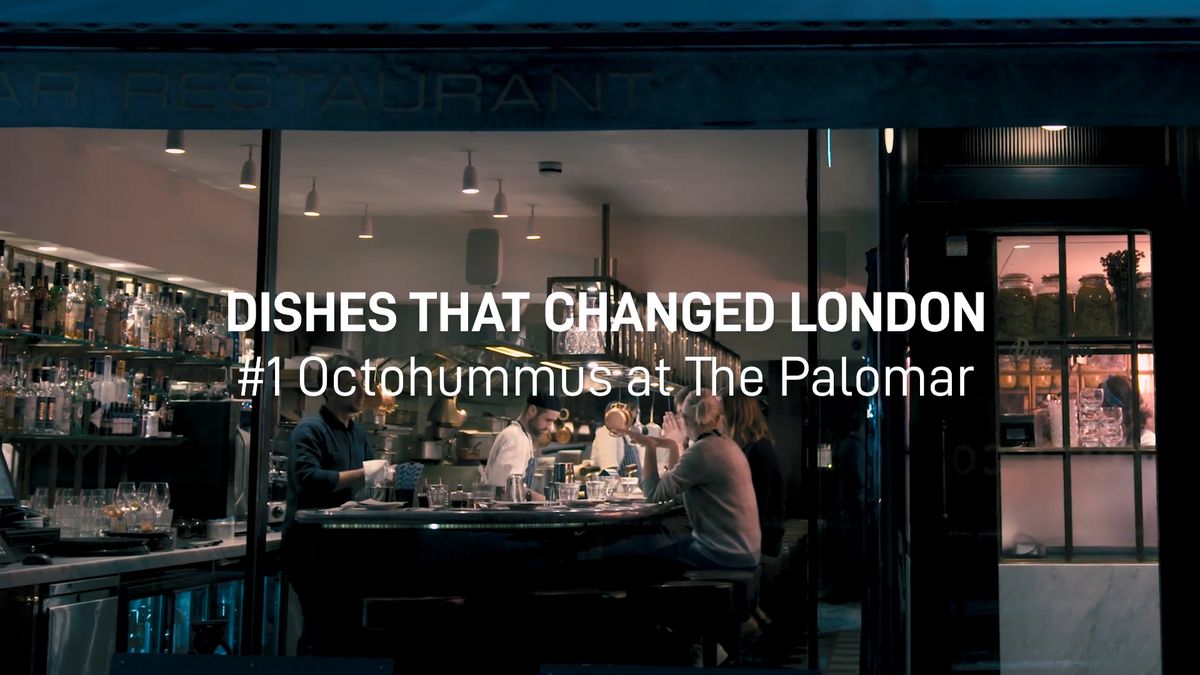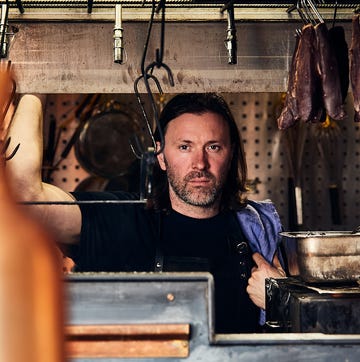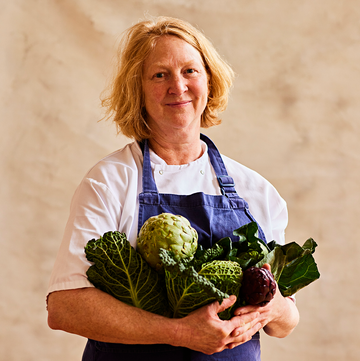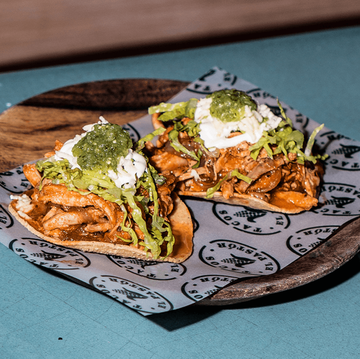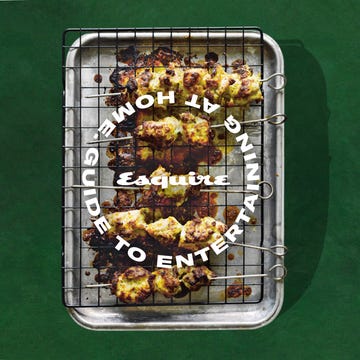What does it mean to be a man? To be honest, I have no idea. I struggle to come to terms with my masculinity on a daily basis and often find myself in a bizarre psychological and sociological hinterland where the date is always 9 September 1981. It was then I found myself in a domestic science class at The Heathland School in Hounslow, not quite sure why I wasn't in metalwork or technical drawing. Without really thinking things through, I had accidentally chosen cookery as an option in the compulsory "technology" section of the curriculum core. And there I was, surrounded by pots, pans, loaf tins, slotted spoons, tea towels and girls.
I hasten to add that none of these aspects of my new surroundings caused me too much grief, it's just that they were unfamiliar. Particularly the girls. To say I was awkward as a teenager would be an understatement akin to saying Homer Simpson is a bit dim. I was, from the age of 13 to, ooh, roughly 22, a complete wreck. If you can imagine baby Bambi, Mr Bean and a broken clothes horse all combined, but with acne and National Health glasses, you'll get a good idea. And there I was in Cookery 101 without a bloody clue.
Now, you have to understand that 1981 may as well have been 1881 as far as enlightened gender attitudes were concerned. I was considered by my male contemporaries to be a bit of a sissy. Hanging out with girls, cooking, learning about oven temperatures and quantities of flour wasn't exactly butch. Most of the lads were playing truant, smoking Benson & Hedges and looting the tumble-driers at the local laundrette. The fact that two years later they all had blond highlights and were channelling A Flock of Seagulls is an irony that gives me some comfort.
(Several years later, I made a disastrous attempt to assert my masculinity by visiting a tattooist on a cobbled backstreet near Sunderland's docks. I asked for a dolphin. Alarm bells should have rung when he said, "They have beaks, don't they?" The resulting hybrid was so acutely embarrassing to me that it stayed hidden on my shoulder until I got it covered up eight years ago with an octopus.)
But back in domestic science, I started to realise some dishes were more butch than others. Baking seemed a lot more feminine than roasting. Meat was more brutish than fish. And the nuance and subtlety of sauces was, generally speaking, beyond my clumsy capabilities. I did, however, finally find my groove with pies. And the pie of pies, so quintessentially British, so comforting and so consistently easy to make and successful in execution, is Shepherd's Pie.
Over the next 10 months I'll be providing essential classics that no accidental cook should be without and I am starting with this recipe. Cut it out and stick it on your fridge door. Although it might not make a man of you, it'll certainly put hairs on your chest.
Shepherd's Pie
Serves 4
• 500g minced lamb
• 1 large onion, chopped
• 1 large carrot, chopped
• 1 large stick of celery, chopped
• 1 clove of garlic, crushed
• 150ml passata
• Worcestershire sauce
• ½ litre beef stock (an Oxo cube is fine)
• 1kg Désirée potatoes, peeled and cut into chunks
• 150g butter
• Whole milk
• Flaky sea salt
• Ground black pepper
Method
1. Melt one-third of the butter over a medium heat in a large saucepan and add the onion, carrot, celery and garlic. Sauté for 10–15mins until the mix is soft, glossy and translucent.
2. Crumble the minced lamb into the pan and gently brown. Add a good pinch of salt and a twist of black pepper. Now stir in the passata and a very good dash or two of Worcestershire sauce. Mix well for a few minutes and then add the stock. Stir, cover and simmer on a low heat for 20mins. Remove the lid, stir and simmer uncovered for a further 20mins.
3. Preheat the oven to 180°C and bring a large pan of salted water to the boil. Add the potatoes and cook for 15mins until soft. Drain, then mash with the remaining butter, a generous splash of milk and a good pinch of salt.
4. Pour the meat mixture into an ovenproof dish. Pass the mash through a ricer evenly onto the meat. Flatten out the mash and streak it with a fork before putting into the oven for 25–30mins. When the potato top is just starting to brown, take the dish out of the oven, allow it to rest for 10mins. Serve with buttered boiled peas.
Russell Norman is the founder of Polpo and Spuntino



